Jan
13
2010
“Peter came to Him and said, ‘Lord, how often shall my brother sin against me, and I forgive him? Up to seven times?’ Jesus said to him, ‘I do not say to you, up to seven times, but up to seventy times seven.’” (Matthew 18:21-22)
Genesis 4 seems to contain two “feast” cycles. Near the end of the first, at “Atonement”, the Lord set a mark upon Cain to protect him from vengeance. As on the Day of Covering after Adam’s sin in Eden, the full weight of the law was withheld. Cain complained that his “liability” was greater than he could bear. Cain was covered but he still went from the presence of the Lord, as the goat which carried the sins into the wilderness. It seems Cain despised mercy.
Just as the Lord and the Land were two witnesses against his crime, he now fled from the face of the Lord and the face of the Land. Only the High Priest could face God, standing in the Veil, the firmament between heaven and earth. Abel was the true facebread, the authorised priest. [1]
Continue reading
6 comments | tags: Abel, Abraham, AD70, Atonement, Azal, Cain, Esau, Genesis, Herod, Jacob, Lamech, The flood | posted in Biblical Theology, The Last Days
Jan
12
2010
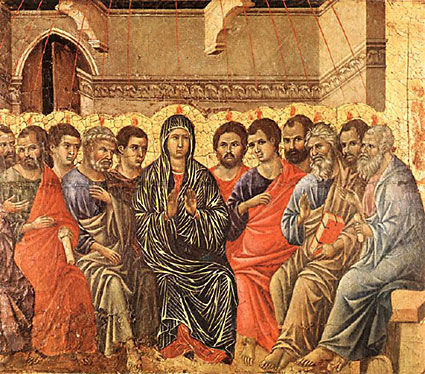
“I indeed baptize you with water unto repentance, but He who is coming after me is mightier than I, whose sandals I am not worthy to carry. He will baptize you with the Holy Spirit and fire.” Matthew 3:11
I remember a scene from X Files where they printed out a binary code and laid the pages out on the floor. When viewed from a distance the ones and zeros made the image of a face. There was a similar scene in one of the Indiana Jones movies, where there was a search for a secret passage and it turned out to be a large X on the floor when viewed from above. This is just my view, but it seems a lot of theologians spend a great deal of time walking in circles in the jungle, lost in the details of prooftexts when we have Old Testament “Google maps” at our fingertips.
Continue reading
2 comments | tags: Baptism, Bible Matrix, Film, John the Baptist, Pentecost, Tabernacle, Tongues | posted in Biblical Theology, The Last Days
Jan
8
2010
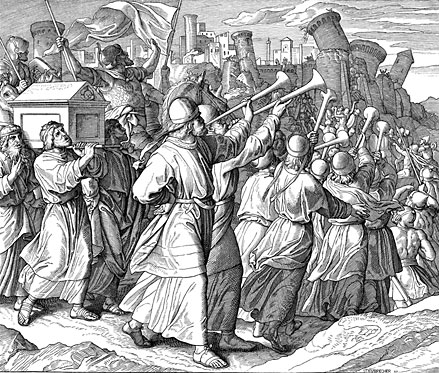
[Link to parts 1 and 2.]
In Revelation 4-5, Jesus ascends and opens the New Covenant scroll (Firstfruits). As Moses, He then opens the Law to Israel (Pentecost). These open seals lead into the partial judgments of the Trumpets. They summon a new generation of Israel and warn the old. The last trumpet, as in Joshua, is itself “seven thunders” (John’s “Little Book”) that bring total destruction to the defiant city, in this case, Herod’s Babylon (Atonement). This is the last trumpet Paul referred to.[1]
Continue reading
Comments Off | tags: Elijah, Feasts, James Jordan, Moses, Peter Leithart, Revelation | posted in Biblical Theology, The Last Days
Jan
7
2010
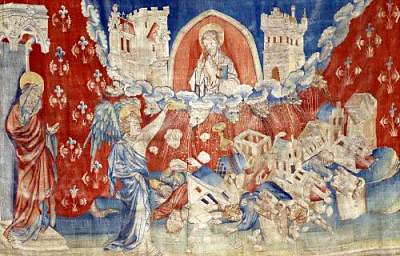
Revelation can’t be fully appreciated without attention to its literary structure. I’m no expert, but have a gander at this…
Continue reading
4 comments | tags: AD70, Atonement, David Chilton, Feasts, James Jordan, Literary Structure, Pentecost, Revelation | posted in Biblical Theology, The Last Days, Totus Christus
Jan
6
2010
or Zedekiah and the Dragon
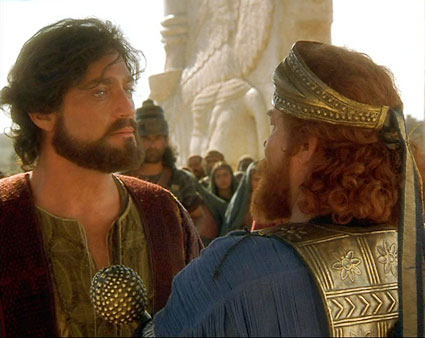
“…if the Lord creates something new, and the ground opens its mouth and swallows them up with all that belongs to them, and they go down alive into Sheol, then you shall know that these men have despised the Lord.” (Numbers 16:29-30)
Daughter Jerusalem kept up an outward show of respectability, but under her Temple veils and military skirts her legs were open for anyone. [1] In a vision, Ezekiel dug a hole through this wall of “whitewash” as a legal witness to her crimes against the Covenant.
Continue reading
Comments Off | tags: Compromise, Covenant curse, Ezekiel, Flood, Haman, Herod, Jeremiah, Revelation, Zedekiah | posted in Biblical Theology, The Last Days
Jan
5
2010
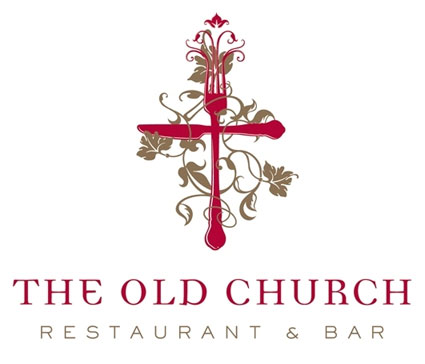
Understanding the Two Tables
Another thought on Jesus’ “joke” in Matthew 24. In Menu for the the Dirty Birds, I wrote:
“For wherever the carcass is, there the eagles will be gathered together.” Matthew 24:28
Tabernacles, as the final harvest of the year (grapes and olives), was also called “Ingathering.” Matthew 24 also follows the feast structure (twice), and Jesus uses this factor to make a terrifying joke.
As a holy priesthood, we are to be eaten by the world. But there are two Tables and we often confuse them.
Continue reading
Comments Off | tags: AD70, Communion, Feasts, Jewish war, Joke | posted in Biblical Theology, Christian Life, The Last Days
Jan
2
2010
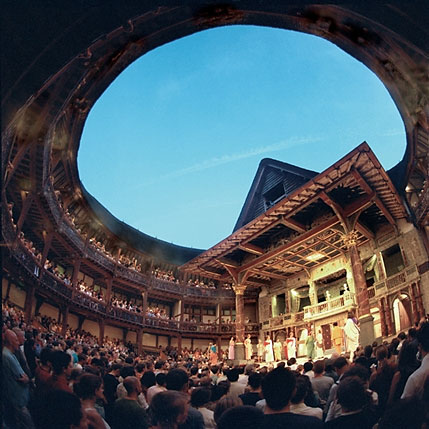
All the events of the Bible take place within a cosmic theatrical “stage,” one based on the structure of heaven. Like the Globe Theatre in Shakespeare’s era, an understanding of the symbolic significance of the physical elements in the literal, historical creation account in Genesis gives us incredible insights into the structure of many prophetic Bible passages and the order of many historical events. When we get to the Revelation, familiarity with this theatrical “set” is crucial to understanding its fulfilment in history.
Continue reading
Comments Off | tags: Baptism, Most Holy Place, Paul, Tabernacle, Tabernacle of David, Temple | posted in Biblical Theology, The Last Days, The Restoration Era
Dec
19
2009
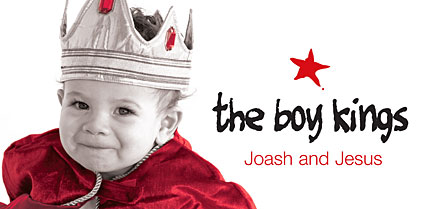
When Ahaziah, king of Judah died, his mother Athaliah wanted to be queen. She ordered all her grandsons to be slaughtered. Only one escaped. The nanny Jehosheba hid baby Joash in the Temple of God for six years.
When he was seven, Jehosheba’s brother, the High Priest, called the royal bodyguards and escorts and showed them the king’s son. Athaliah was executed and the temple of Baal was torn down (2 Kings 11).
The Bible gives us a family tree, with a single “royal” bloodline from Adam to Jesus (see Matthew 1). If Joash had died with his brothers, that bloodline would have been severed, making impossible the fulfilment of God’s promise in Genesis 3: the offspring of Eve would crush the serpent’s head.
King Herod also slaughtered innocent children. One escaped: Jesus. He too would be anointed King and tear down all false worship by dying as payment for the sins of mankind. This task continued with the destruction of Herod’s Jerusalem in AD70 and will continue until all His enemies are under His feet. The last enemy that will be destroyed is death (1 Corinthians 15:25-26).
“And you, who once were alienated and enemies in your mind by wicked works, yet now He has reconciled in the body of His flesh through death, to present you holy, and blameless, and above reproach in His sight — if indeed you continue in the faith, grounded and steadfast, and are not moved away from the hope of the gospel which you heard, which was preached to every creature under heaven…” (Colossians 1:21-23)
Merry Christmas from the Bulls. Thanks for reading! Catch you in 2010…
2 comments | tags: AD70, Athaliah, Christmas, Colossians, Joash, Resurrection | posted in Biblical Theology, The Last Days
Dec
18
2009
or The Crash of AD70
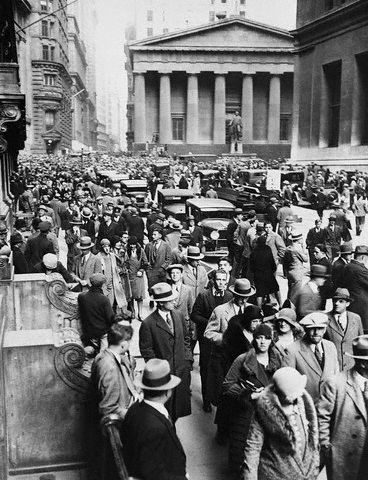
Now a river went out of Eden to water the garden, and from there it parted and became four riverheads. The name of the first is Pishon; it is the one which skirts the whole land of Havilah, where there is gold. And the gold of that land is good. Bdellium and the onyx stone are there. The name of the second river is Gihon; it is the one which goes around the whole land of Cush. The name of the third river is Hiddekel; it is the one which goes toward the east of Assyria. The fourth river is the Euphrates. (Genesis 2:10-14)
After the Herod and Shylock post, I had one complaint that the Worship as Commerce tag didn’t really do what it said on the tin, so I hope to capture it (briefly?) here. Now, where to start? As James Jordan explains, the idea begins in Eden.
Continue reading
1 comment | tags: AD70, Amalek, Gehenna, Genesis, Gnosticism, Herod, High Priest, Isaiah, Manna, Moses, Numbers 5, Revelation, Solomon, Temple, Worship as commerce | posted in Against Hyperpreterism, Biblical Theology, Christian Life, Creation, Ethics, Quotes, The Last Days, Totus Christus
Dec
17
2009
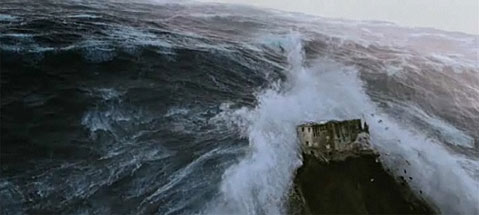
On the AV forum, full-pret Dave asks a good question:
“Since your view distinguishes between the parousia of AD70 and a future return of Christ at ‘the end’, when Christ and the apostles taught about the ‘Second Coming’ (yet to occur), what did they call that event?”
Continue reading
6 comments | tags: Against Hyperpreterism | posted in Against Hyperpreterism, Biblical Theology, The Last Days



































